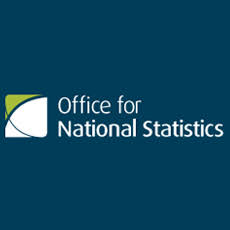The UK unemployment rate has climbed to 5% in the three months to September, its highest level since early 2021 ,signalling a softening jobs market, according to the Office for National Statistics (ONS).
The rise exceeded analysts’ forecasts of 4.9% ahead of the 26 November Budget and has fuelled speculation that the Bank of England could cut interest rates when its Monetary Policy Committee meets on 18 December.
Average wage growth slowed slightly to 4.6% from 4.7% in the previous quarter, while unemployment edged up to a post-pandemic high.
Liz McKeown, ONS director of economic statistics, said the data “points to a weakening labour market,” though the number of job vacancies remained largely unchanged.
The ONS cautioned that the figures should be treated carefully amid ongoing efforts to improve data quality. Excluding the pandemic years, the unemployment rate is the highest since August 2016.
An early estimate suggested that company payrolls shrank by 180,000 in the year to October, a 0.6% drop as businesses delayed hiring ahead of the Budget. Job vacancies, rose slightly by 2,000 to 723,000 between August and October, marking the first uptick in more than three years.
Public sector wages grew by 6.6%, outpacing the private sector’s 4.2% rise. Economists said public pay growth was likely to ease due to government budget constraints, while private sector wages were expected to weaken as more people seek work.
Work and Pensions Secretary Pat McFadden acknowledged challenges in the labour market but said the economy “is still generating jobs.”
The opposition then blamed the rise in unemployment on government mismanagement and burdensome business policies.



